Have you ever wondered how to create your own perfume, a scent that defines you perfectly- all from the comfort of your own home? This is exactly what we are going to help you recreate in this article. We will guide you into the world of DIY perfumery so that in no time, you can make your own masterpiece of a scent. What you need to create own perfume for yourself at home only takes creativity, readily available ingredients, and a 30 ml perfume bottles. Go through this exciting journey with us until the end so that we can discover the technique behind making homemade scents!
How to Make Perfume at Home
Most perfumes are made from fragrance oils diluted in alcohol. They contain base fragrances, mid-tones and top notes. When smelling a perfume, usually one smells the top notes first, followed by the mid-notes then finally a whiff of the base notes. In preparation for making perfumes, always select and add them from bottom note to top note.
Also, alcohol alters how these oils are arranged. Hence the mixing oils and flavours change intensely which makes some mixtures smell splendid initially but retain a totally different scent after two weeks, and there are those which are initially awful could turn out reminding us of real perfumes we have cherished after a few weeks.
The best way to create own perfume is by finding the right oils and ratios for yourself. We recommend putting in a few drops at a time and keeping track of how many drops you add in your journal. Once you find one mixture that is more appealing than the others, write it down; it is simple to recreate.

Benefits of a Good Homemade Perfume
Apart from having a good scent, homemade perfumes thrive while providing several other benefits too. These advantages include:
- Treats Headaches
- Elevates Mood
- Stimulates Memories
- Heightens Confidence Levels
- Cures Insomnia Cases
- Keeps You Healthy
- Makes You More Beautiful

Types of DIY Perfumes
Perfumery extends beyond the departmental store. Your own bespoke scent is a mix of aromas that can make you feel unique. Thus, nothing compares to making your own signature fragrance. This is where the art to create own perfume comes in, and there are different approaches one may take.
- One favored process involves using essential oils which are highly scented compounds extracted from plants. There is a wide range of smells on offer including lemon’s refreshing citrus notes and lavender’s soothing aroma. You can combine various essential oils to create a mixture that has multiple levels and complex fragrance depending on your taste.
- Another method captures the essence of flowers found in nature. Fragrant petals are used to produce elegant and delicate perfume blends with their inherent scents as this is an enchanting way of making these unique fragrances such as sweet honeysuckle or musky rose.
DIY perfumery lets you make a fragrance that captures your personality and makes a mark, whether you prefer the lively realm of essential oils or the sweet subtlety of floral infusions. Therefore, get in touch with your inner perfumer and dive deep into the world of scents.

Choosing Your Favourite Essential Oil and Scent
When choosing which essential oils to mix into your signature scent, consider that citrus is a strong choice for the top note as it is sharp and powerful, light and airy florals are good heart notes, while woody scents have a long lasting base. The combination of the three can be anything you like but mixing all three categories is usually a good starting point; for instance bergamot, jasmine and sandalwood make a sample blend. Now let us look at what each category entails.
- Woodsy smells: According to us, cedarwood and labdanum are great options for you. It’s nice to partner them with something brighter and crisper, such as cognac extract which isn’t too sweet. Additionally these include pine and sandalwood.
- Musk smells: While musk traditionally came from animals, there are now some botanical alternatives available. Ambrette comes closest to a botanical musk. Add in either white rose or cedarwood to balance it out. Another earthy musk worth trying would be vetiver.
- Citrus smells: These citrus fragrances like bergamot, lemon or grapefruit are particularly on trend during the warmer months but work just as well in any sunny fragrance project. These are so vigorous, crispy and revitalizing.
- Herbal smells: Comforting herbal essences like lavender, chamomile and rosemary tend toward being lighter.
- Floral smells: This is where perfumes containing only essential oils get really joyous. Some popular florals among others include the likes of rose, geranium, iris, jasmine, magnolia ,peony ,ylang-ylang.
Combos that Capture and Embrace Emotions
You could also modify your perfumes with essential oils until they suit your taste buds or personality trait. Below are some scents you could employ for those particular reasons:
- Relaxation - Lavender, Musk, Neroli, Cedarwood
- Refreshment - Citrus Fragrances Like Orange, Lemongrass, Lemon, Lime
- Fresh Scent - Grapefruit, Ginger
- Romantic - Rose, Lime, Lavender
- Sensuous - Sweet Orange, Sandalwood
- Sweet - Lavender, Chamomile, Cardamom, Geranium
- Bright - Peppermint, Rosemary, Lemon, Sage
- Wild & Woody - Juniper, Cedarwood, Bergamot
- Rich - Lavender, Clove, Nutmeg

Composition of Notes
With regard to the oils, you need 3 notes - top, middle and base. The top note is experienced first, then the middle, then the base. Each essential oil evaporates at different rates, so it takes knowledge of each rate to create a proper perfume
One experiences the top note first, followed by the middle, and then the base. Knowing how quickly each essential oil evaporates is necessary to make the right perfume.
-
30% top notes- What you smell immediately
The following plants can be your scent’s top notes: basil, grapefruit, lavender, lemon, lime, mint, rosemary and sweet orange. -
50% middle notes: This is the core note of a fragrance
Nutmeg, chamomile, black pepper, cardamom, bay, fennel and geranium are among plants that make up middle notes of your fragrance. -
20% base notes: These are the ones that give greater hold to the middle note elements
Your fragrance’s basic notes can consist of ginger, cypress, pine, sandalwood and vanilla
Popular Perfume Infusions
Making your own perfume from natural ingredients allows you to be the nose behind your unique trademark smell! However, before embarking on this sweet-smelling adventure, there is an important choice: your perfume’s base. All these bases contain selected essential oils, and each one has its own pros and cons. Let us now go into the alluring world of homemade perfumery bases by discussing vodka, spiced rum, and flower petals that are found in the environment naturally.

Vodka Based Recipes
Essential oils DIY perfumery offers an opportunity to create own perfume and make olfactory masterpieces reflecting personal style and character. But before venturing into aroma blends there is a question about a foundation – this base carries chosen essential oils. Throughout this section we will discuss why vodka is used as a base when making personalised essential oil perfume with ready-made ingredients!
Although it may seem unusual vodka has its advantages in DIY perfumery:
- Neutral Scent: Unlike some carrier oils vodka does not give off any smell at all. Thus allowing true aroma of your favorite essential oils to take place without any interference from something else undesirable.
- Evaporates Quickly: Vodka is rapidly dried by air, hence more readiness for dispersion occurs due to applied essentials- letting one experience the full spectrum of his/her fragrance.
- Readily Available: Vodka is a common household item, easily found in most grocery stores, making it a convenient and accessible choice for your DIY perfume project.
- Quick Drying: After the vodka base is sprayed it will quickly disappear whereas your oils will remain fragrant without any greasy feeling being left behind.
Disadvantages of Using Vodka as a Base for DIY Perfume
But while vodka has many advantages in making your own perfume, there are also some downsides:
- Limited Shelf Life: Compared to using carrier oils or certain infusion methods, perfumes that use vodka tend to have shorter life spans. Over time alcohol content within vodka can cause essential oils to lose their potency faster thus leaving a weak scent on you.
- Lacks Depth: Because vodka does not have any noticeable smell, it adds no more complexity to the nose when creating your perfume. As a result this may lead to one-dimensional smell that does not possess the nourishment and warmth given by some carrier oils or infusions.
- Drying Effect: While its lack of greasiness leads to quick evaporation after spraying onto skin surface, such speed can leave one’s skin dry afterward. This could be a problem for people with delicate or sensitive skins.
- Not All Essential Oils Blend Well: Though alcohol dissolves some essential oils perfectly, others do not. This may lead to a non uniform mixture of your scent with vodka.
Vodka thus emerges as a perfect partner for making your own, scented, homemade perfume; it has no smell itself, it is volatile and can be bought everywhere! So get a 30 ml perfume bottles, choose your best essential oil and let’s start our journey into the world of essences!

Spiced Rum Based Recipes
Throughout this section we will discuss why spiced rum is used as a base when making personal essential oil perfume with ready-made ingredients!
Spiced rum might seem like an unorthodox pick, but it surprisingly holds a variety of benefits for DIY perfumery.
- Warm and Complex Base: Spiced rum gives an amazing depth and warmth to your perfume. Unlike any carrier oil, the underlying spices such as cinnamon, clove and nutmeg make up a base which is richer and more captivating for other essential oils.
- Long-Lasting Fragrance: Comparatively, spiced rum has a slower rate of evaporation than alcoholic carriers like vodka. This ensures that you can still smell your perfume after a while so that it does not disappear throughout the day.
- Unique and Personal: Thus, if you use spiced rum in your fragrance distillation process you will have added that twist in order to make it different from others. This lets you create something entirely personalized resembling only you and what you like.
- Holiday Spirit: Spice up your Christmas with flavored spiced rum such as vanilla bean or orange peel. This adds another layer of complexity and creates the atmosphere of warmth and welcome.
However, there are some potential downsides worth considering when using spiced rum:
- Stronger Scent: Spiced rum has its own distinct smell. Make sure the essential oils chosen correspond with the spices present in the drink thus allowing them to be felt without clashing.
- Trial and Error: Using spiced rum as a base may involve more trials to get the desired olfactory balance between the notes because this alcohol is rarely used for such purposes.
- Sun Sensitivity: It is not recommended to wear these fragrances outdoors during daylight hours due to their sensitivity on sun exposed skin caused by citric acid in combination with spiced rum. Be cautious about exposing yourself under sunlight whenever citrus notes are part of your fragrance ingredients list.
But despite not being for everyone, spiced run provides an interesting opportunity for creating unique scent with personal touch. Therefore, for your DIY perfumery endeavor to become more than just an ordinary thing, it is better to buy a bottle of spiced rum and set your creative self free within a 30 ml perfume bottles!

Floral Petals Based Recipes
This section explores the delightful art to create own perfume using a unique base: natural floral petals! Using real flower petals, you can take your DIY perfumery to the next level in a whole new direction with these concentrated oils.
Here are some reasons why natural floral petals would make the ideal foundation for your next aromatic creation:
- Delicate and Authentic Aroma: Petals have a less pronounced and subtle scent compared to essential oils. They capture the delicate fragrance of the flower itself, creating a more natural and authentic olfactory experience.
- Seasonal Delights: This method allows you to harness the beauty of seasonal blooms. Just imagine how it would feel like having a summer perfume infused with fresh rose petals or springtime fragrance inspired by fragrant lilacs!
- Customization Options: By using different types of flowers’ petals one can create countless original blends. Try mixing different flower kinds together and achieve utterly different personalised aromas.
- Eco-Friendly Approach: The method uses easily available natural ingredients reducing reliance on commercially produced essential oils. It is a very good option for those who are looking at making their own perfumery more environmentally friendly.
However, there are a few things to consider when embarking on this fragrant journey with floral petals:
- Patience is Key: It will take several weeks until the fragrance from your petals develops in full maturity, so be ready to wait to use your newly made perfume in that time.
- Limited Shelf Life: Natural perfume containing petal extracts will last for a shorter period than those made of essential oils or alcohol-based carriers. Hence, it should be used immediately after preparation!
- Experimentation is Crucial: There are different flowers which require different extraction procedures and have various strengths of fragrance. Be ready to try out many methods to find the right way for your chosen petals.
If you want to connect with nature and make a truly personal fragrance, using natural flower petals as a foundation for your homemade perfume is an enchanting journey that comes with magical surprises in a 30 ml perfume bottles. Thus, grab your favorite blossoms, couple it with little patience and plunge into a sweet-smelling sojourn through the heart of Nature’s perfumery!
Consider Potential Risks
When making perfumes with essential oil, it is important you also know the effects of the elements— these are derived from plants and so may be extremely potent, for instance some citrus oils such as lime oil can cause photosensitivity. Others such as jasmine, rosemary, lavender, eucalyptus, cedar wood, clove and rose oils may lead to skin irritations and allergic reactions have been reported to be caused by them. Therefore, according to the International Fragrance Association (IFRA), one must use them in the right proportions as given in this article because essential oils can cause sensitization or irritation if they are used wrongly. However, caution must not be thrown to the wind just because it is natural.
It's vital to remember that certain essential oils can be dangerous for pets if you want to use them to make a scented room spray. The following oils are thought to be possibly harmful to pets: tea tree, cinnamon, clove, anise, peppermint, pine, ylang-ylang, citrus, wintergreen, and sweet birch. Some essential oils contain phenol chemicals that can agitate dogs, but cats may be more susceptible because they cannot digest them. Birds and small animals and rodents, such as hamsters and rabbits, may potentially experience respiratory issues as a result of essential oil exposure.

General Tips and Storage Efficiency
While making the homemade perfume of your liking, never forget certain tips which will simplify the process and enable its easy storage without any loss of efficiency. To make DIY perfumes The following tips can help:
- Your working area doesn’t have to be fancy but ensure you set up a clean table where you can easily measure the ingredients.
- The main thing here is ingredients ratio, thus always make sure that you measure exactly all necessary components since even slight deficiency or excessiveness of one of them can change aromatic indications of the perfume.
- Every fragrance is like a good wine; it needs to rest and mature to reach perfection.
- For making homemade perfumes, especially when using essential oil perfume recipes, we recommend using glass bottles as essential oils may “eat” through plastic bottles.
- To compactly preserve the delicate fragrance and prevent evaporation, it's best to store your homemade perfumes in 30 ml perfume bottles with secure stoppers.

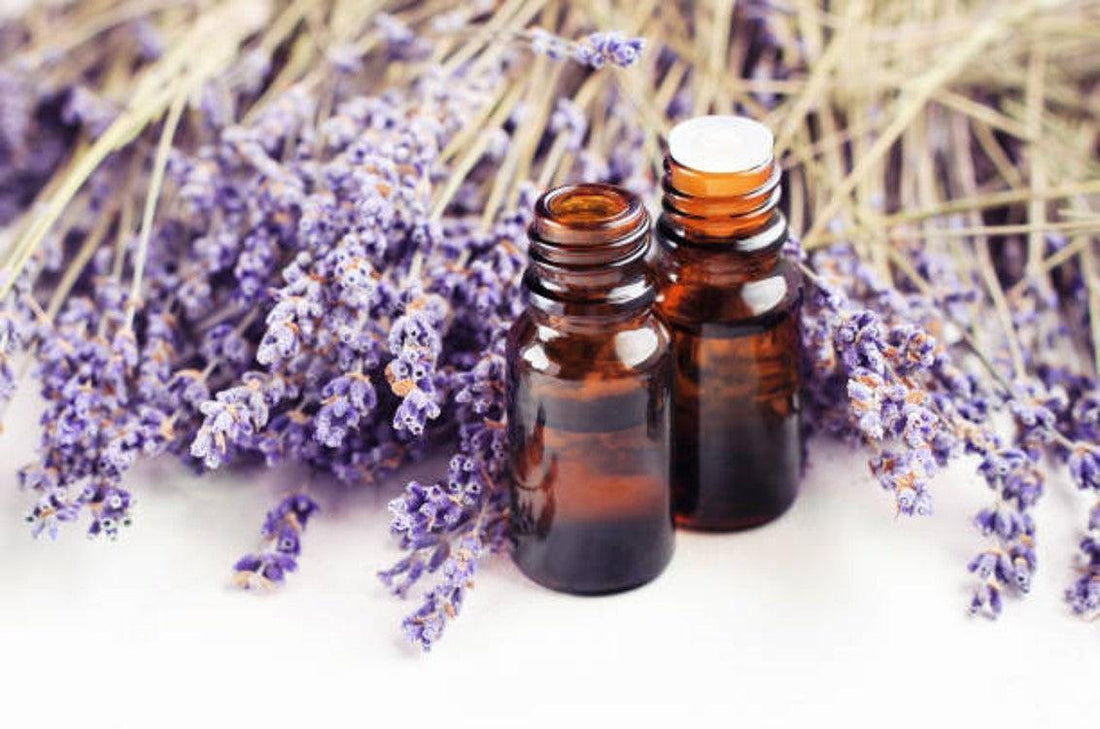
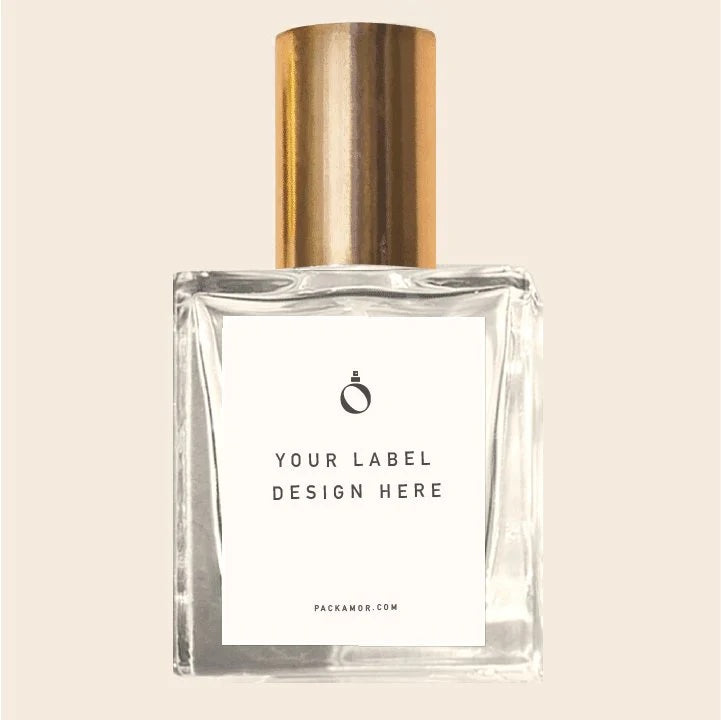
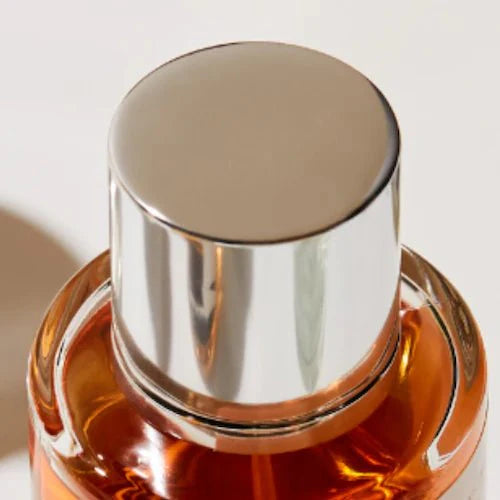
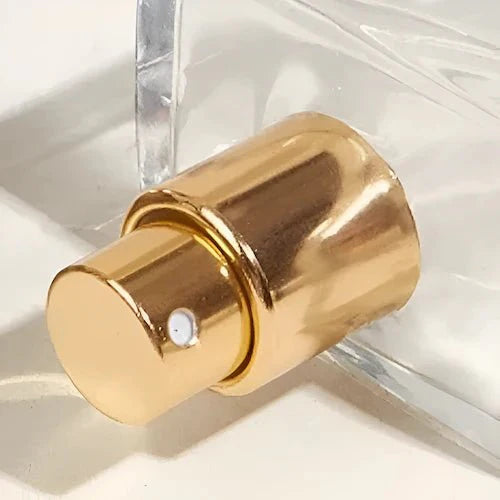
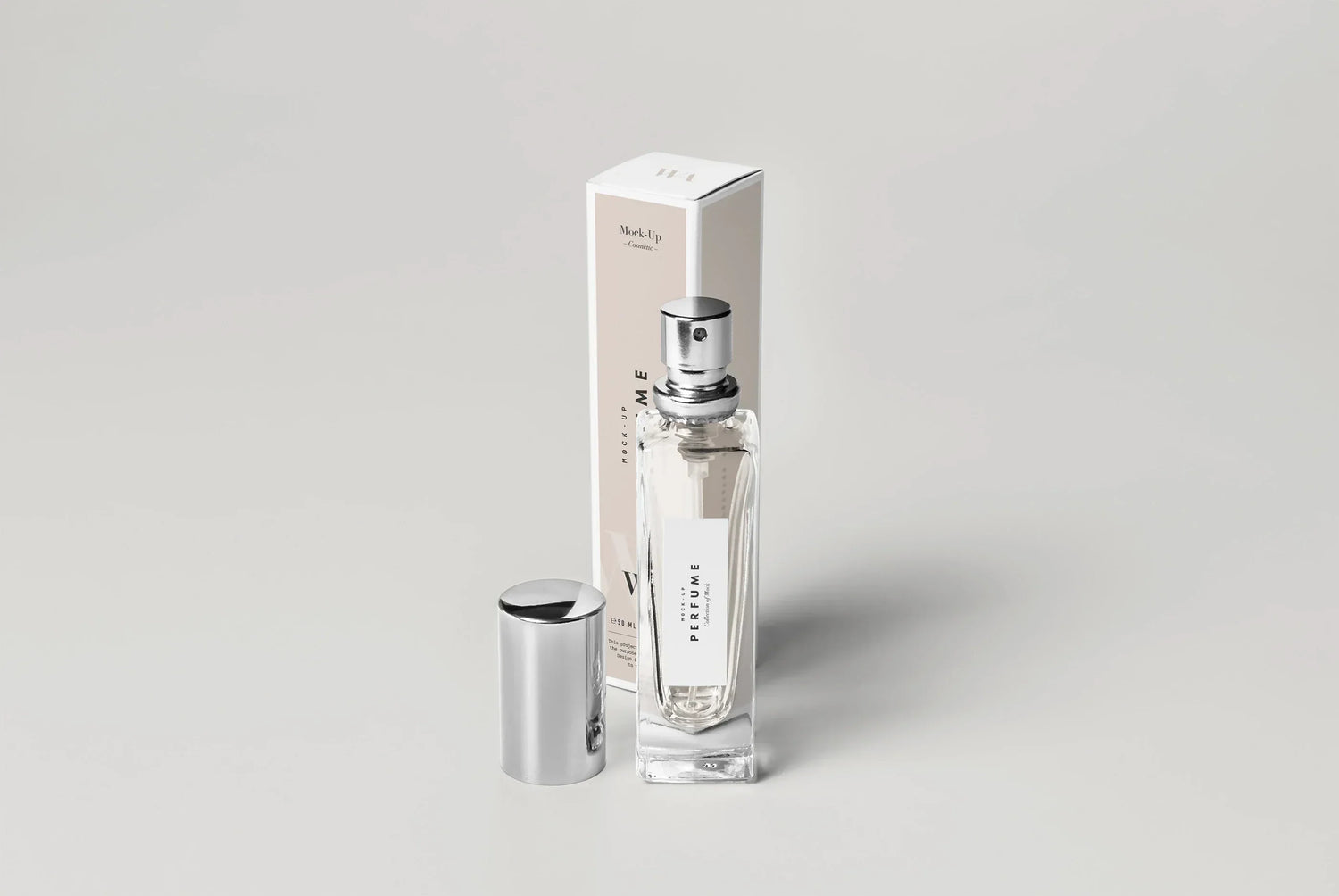
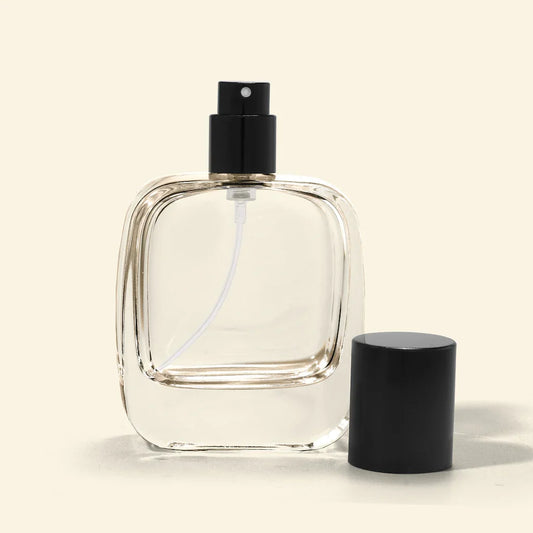
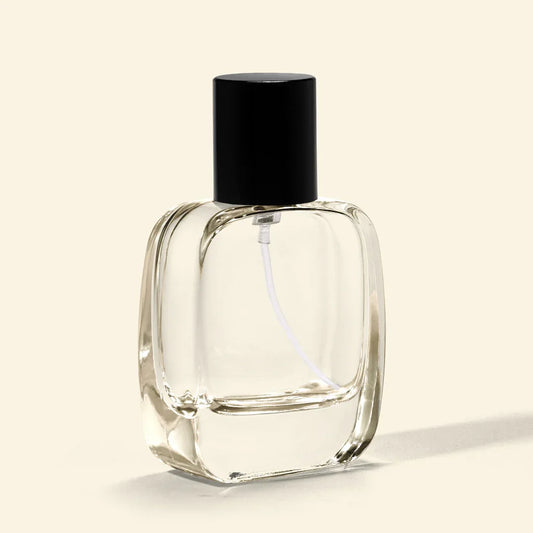
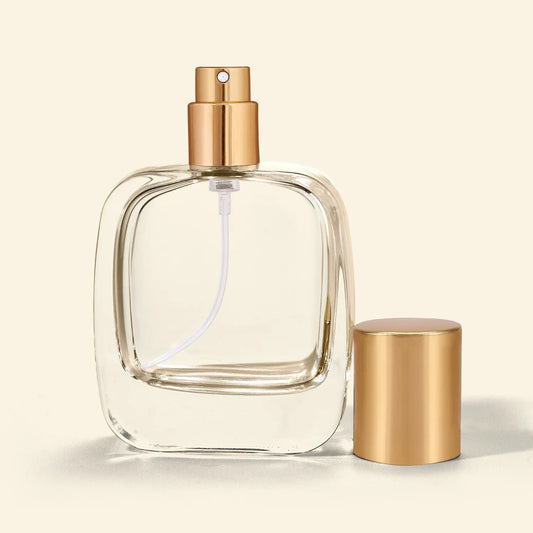
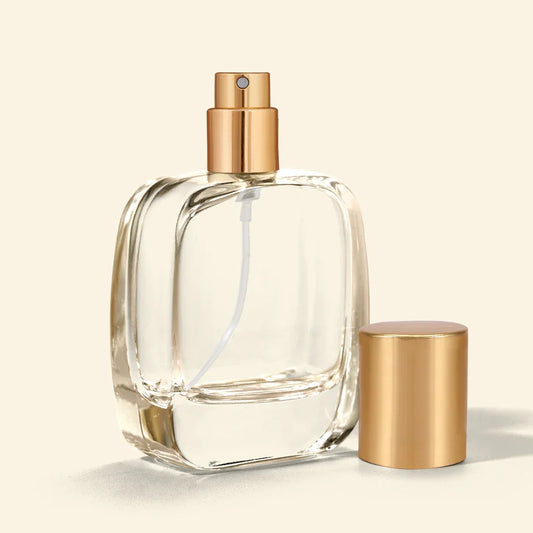
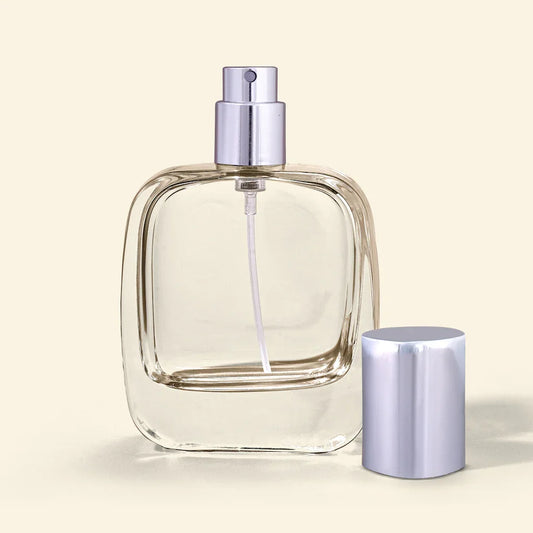
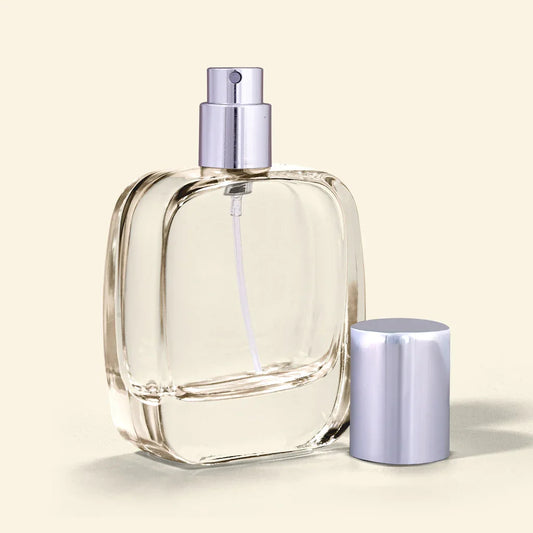
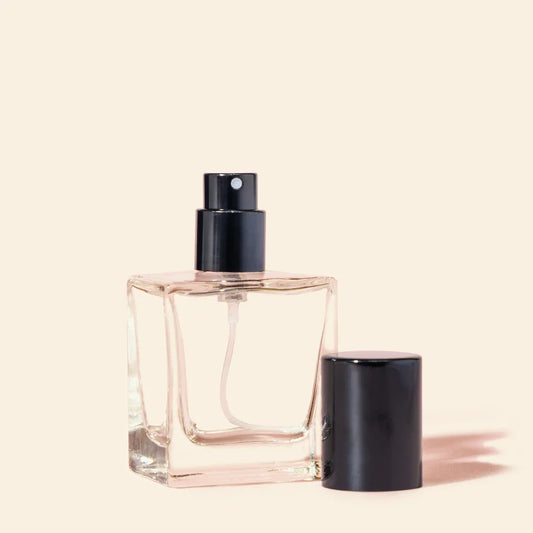
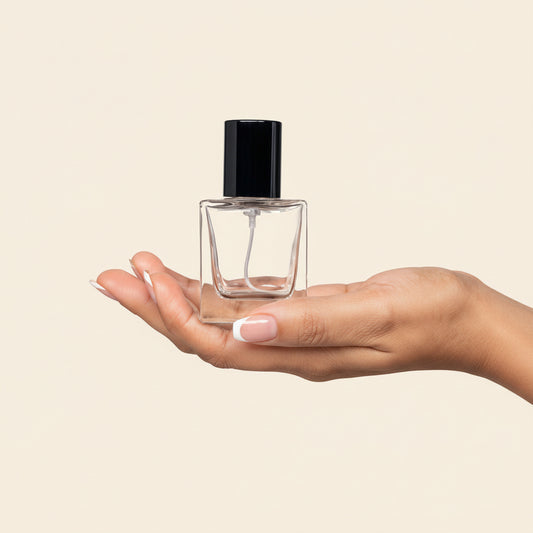
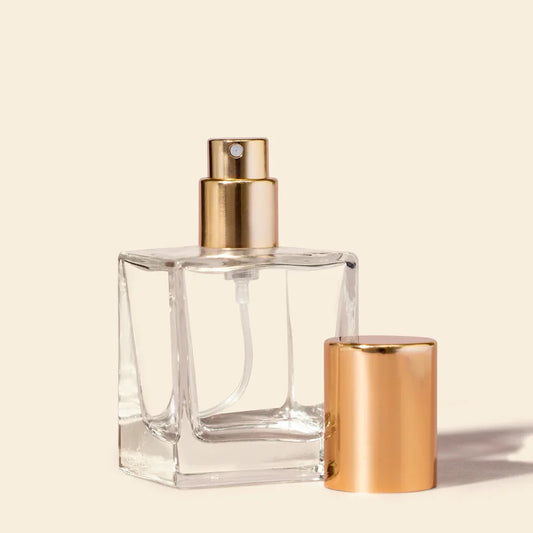
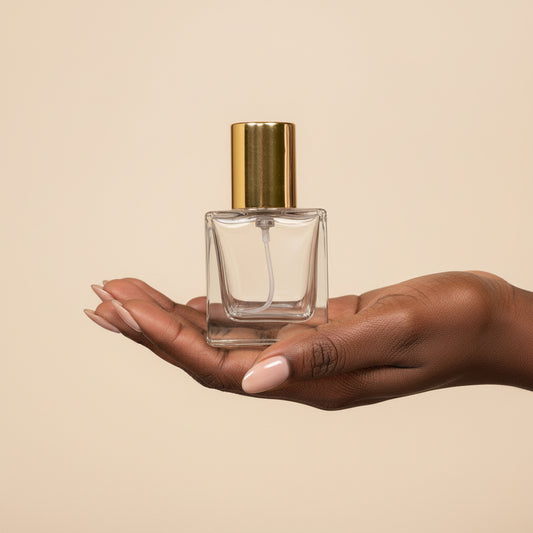
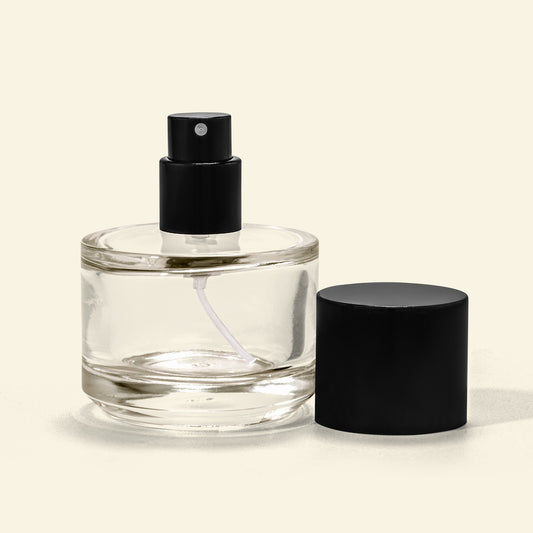
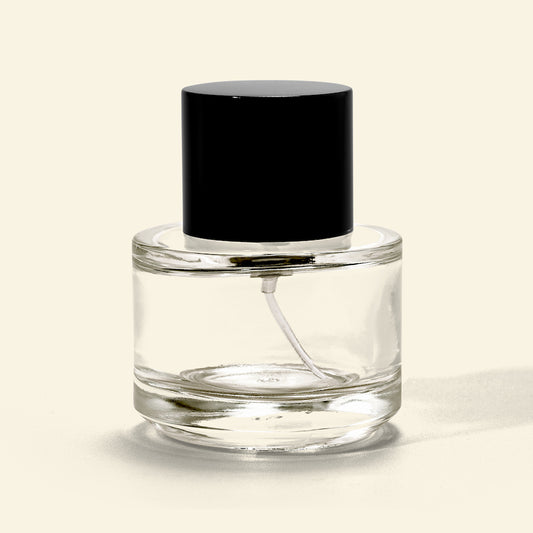
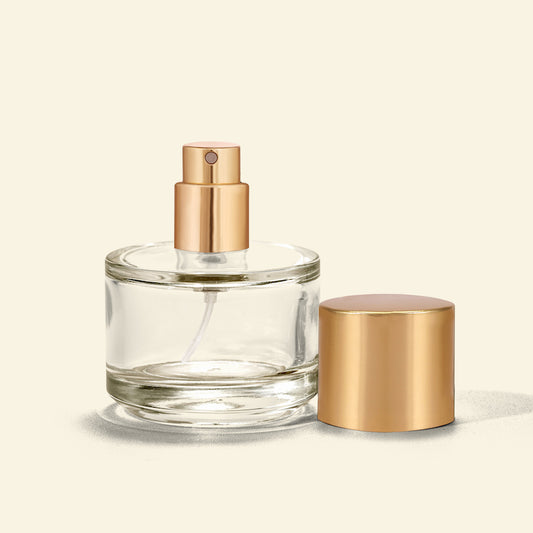
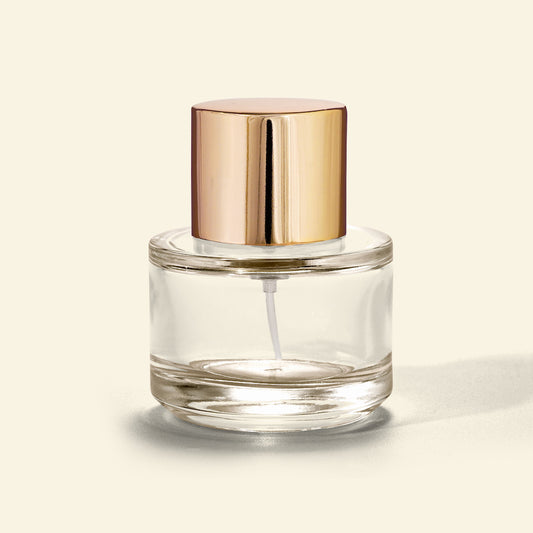
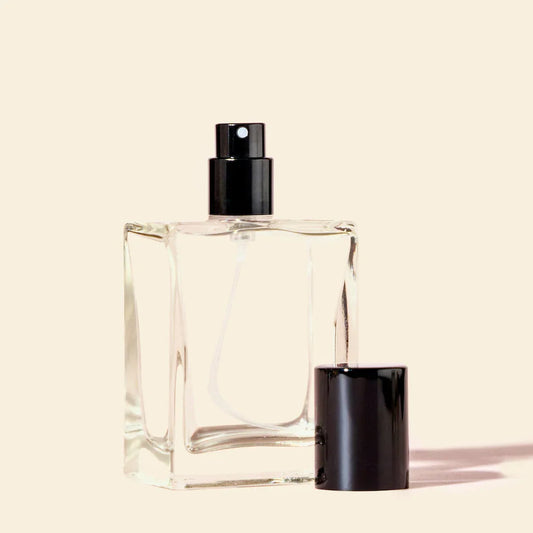
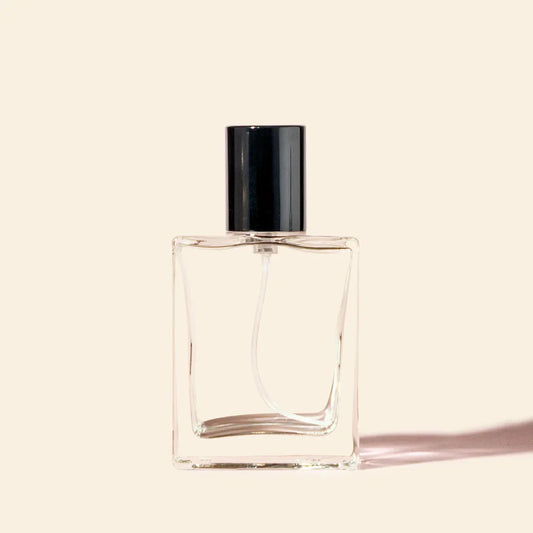
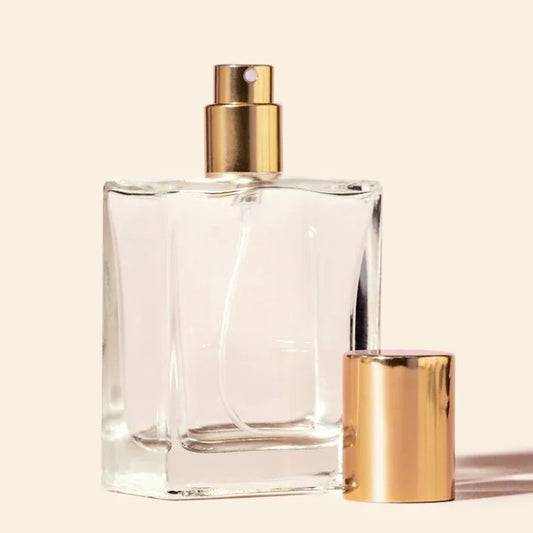
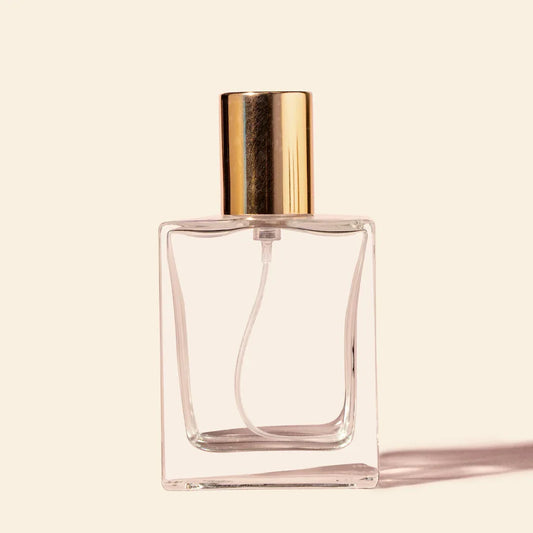
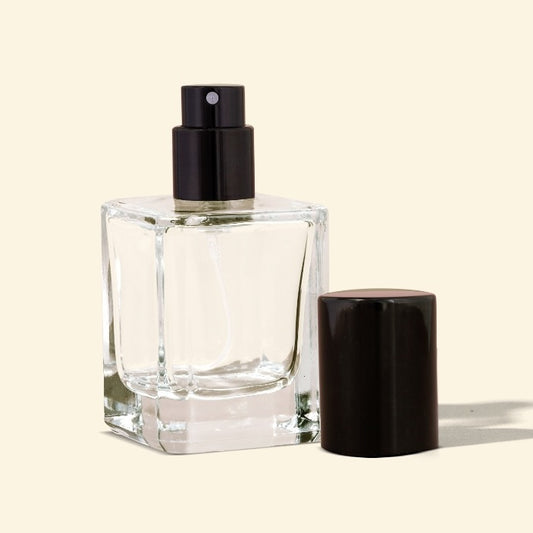

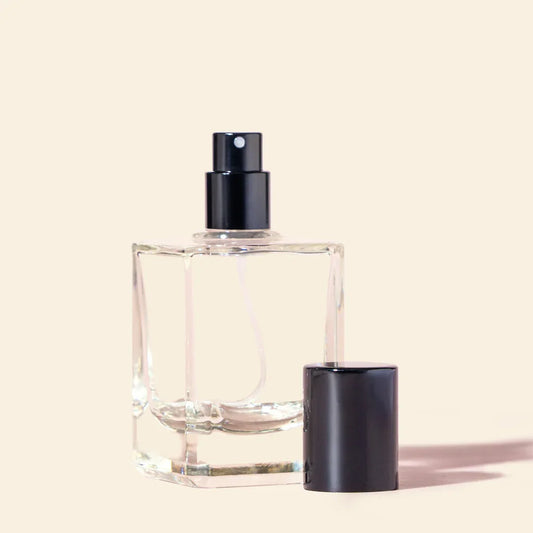
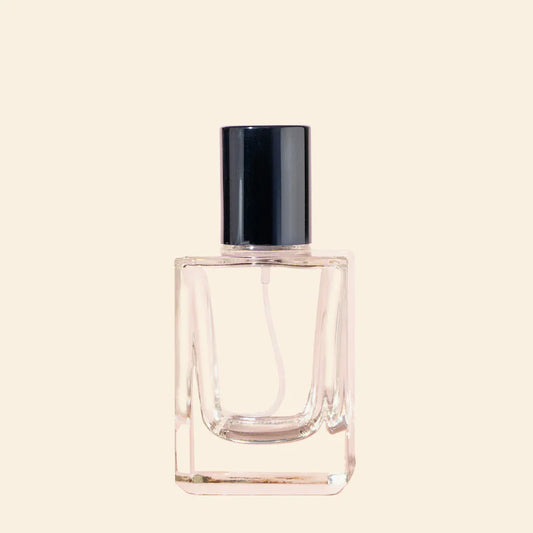
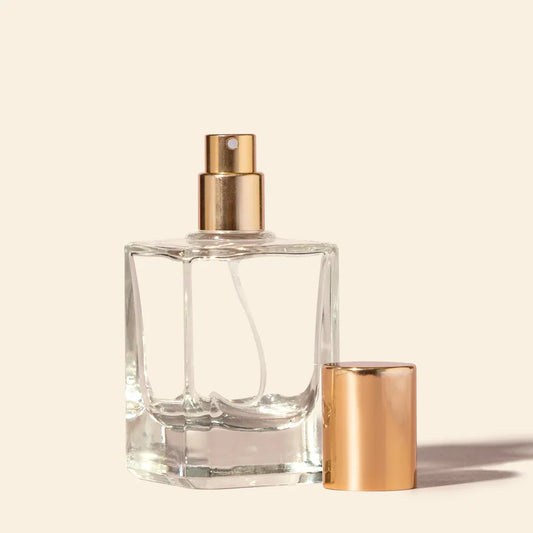
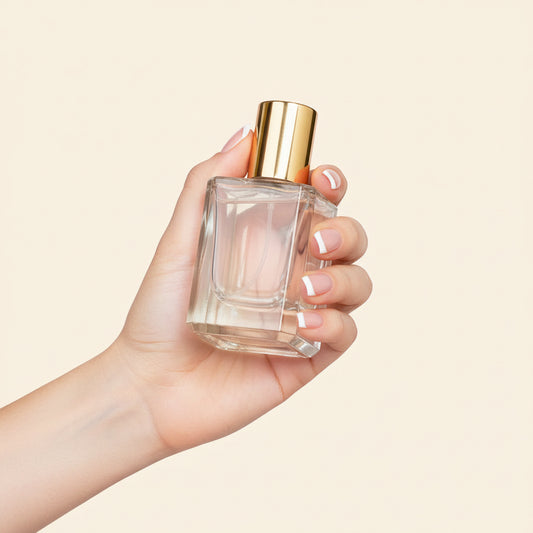
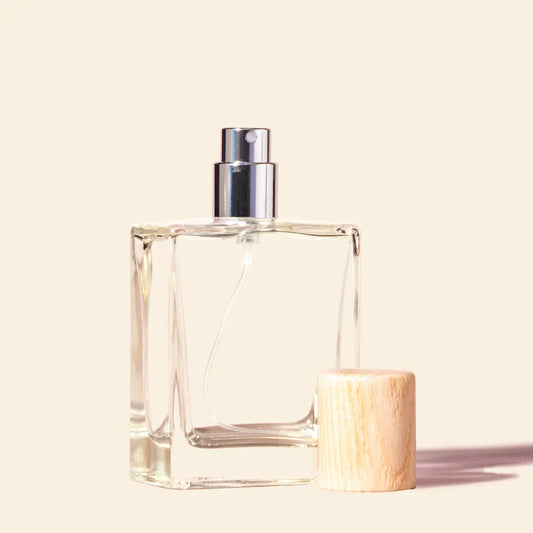
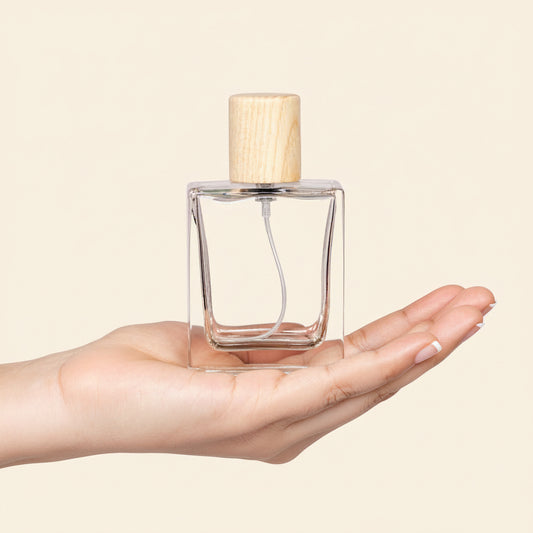
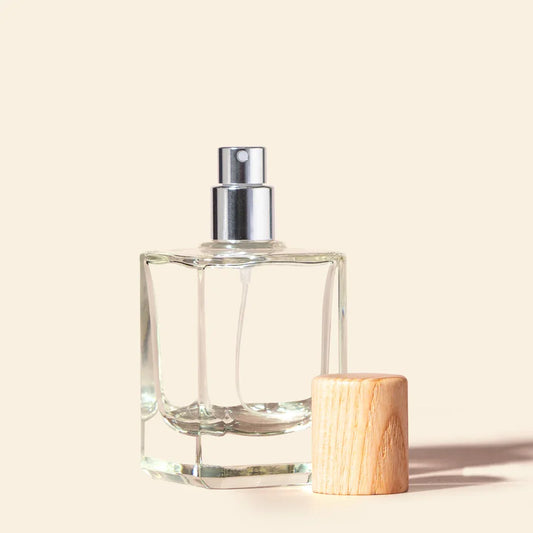
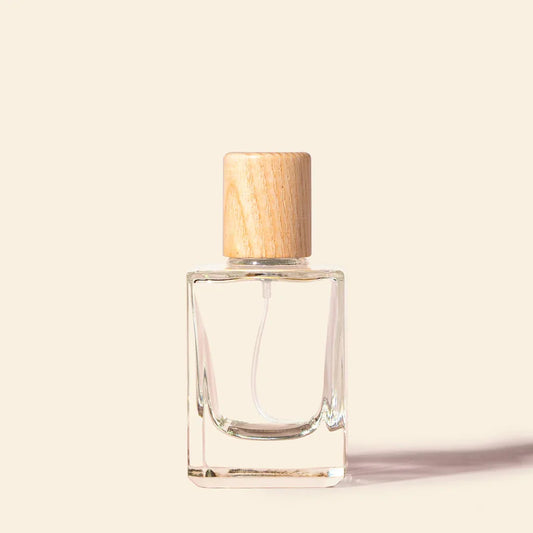
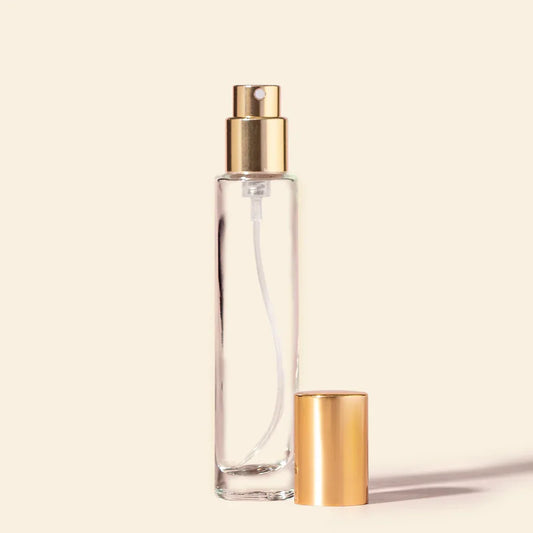
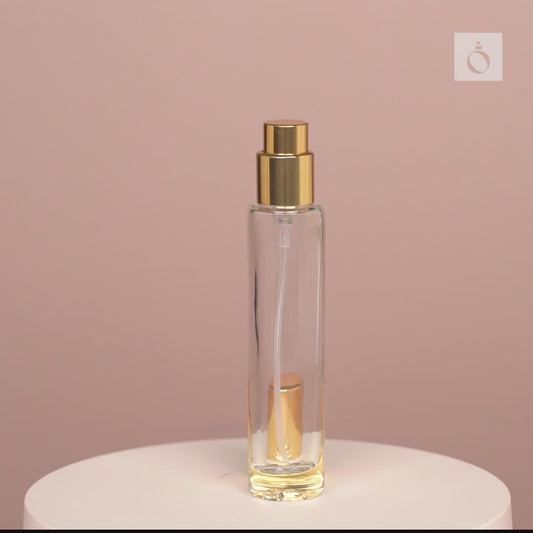
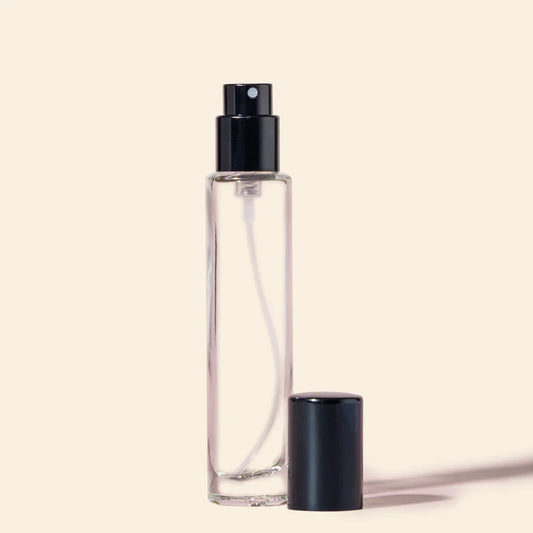
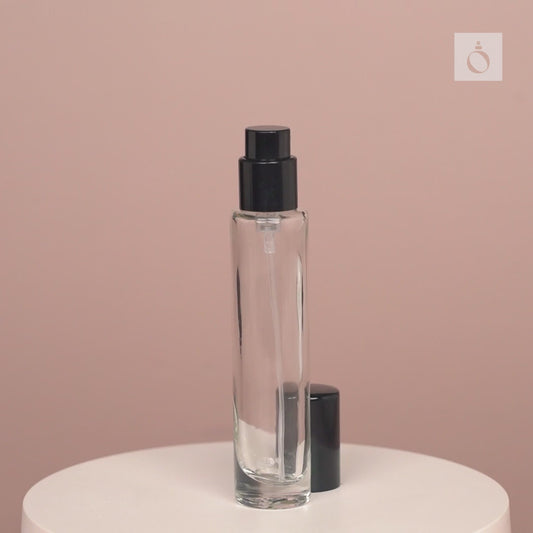
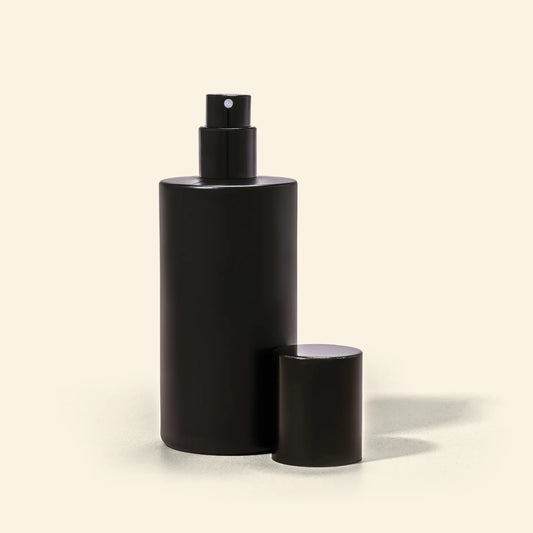
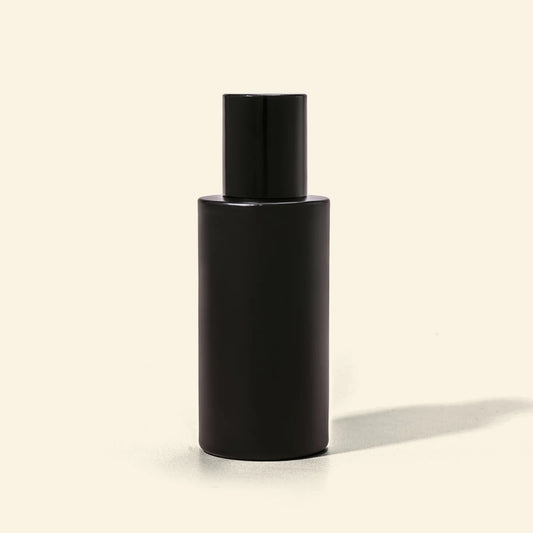
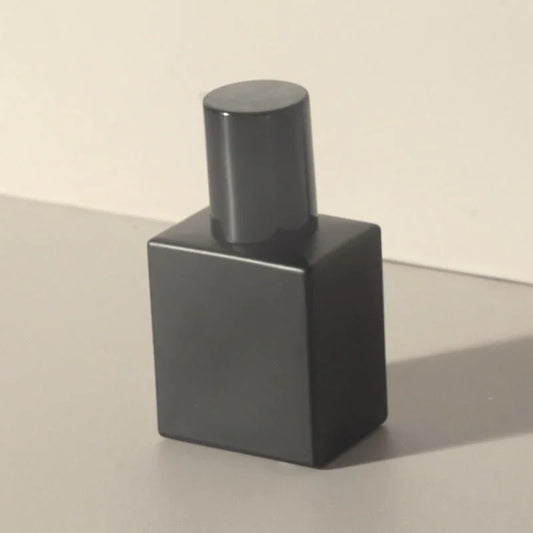
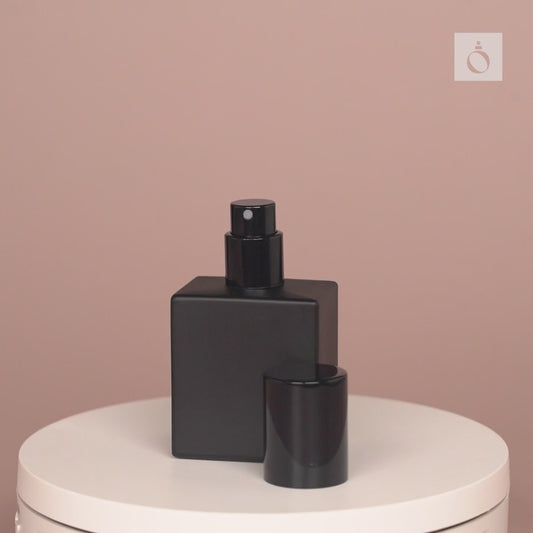
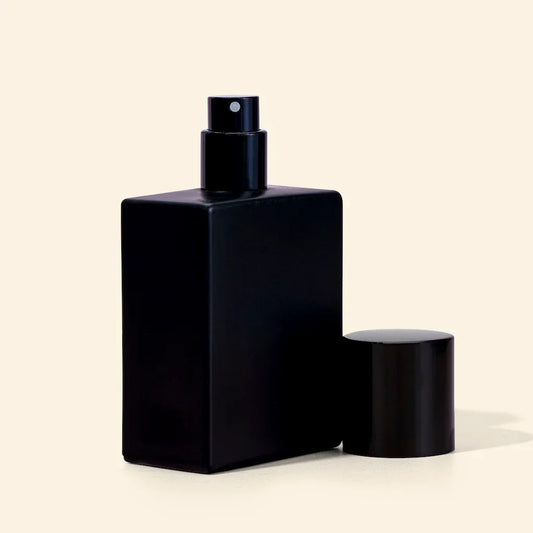
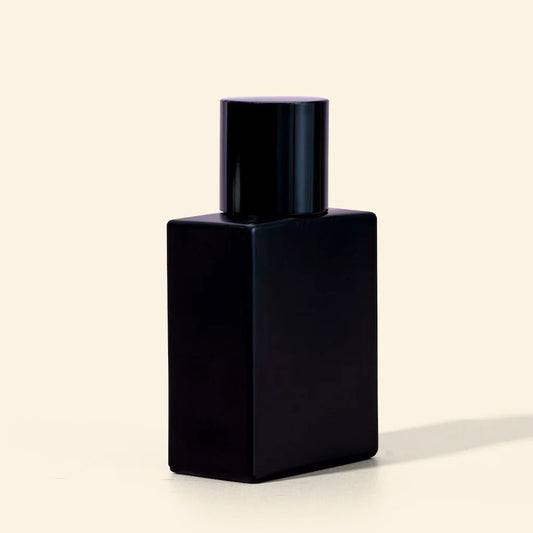
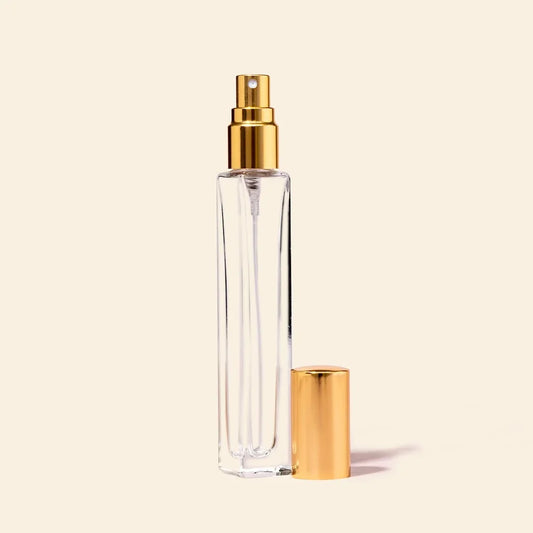
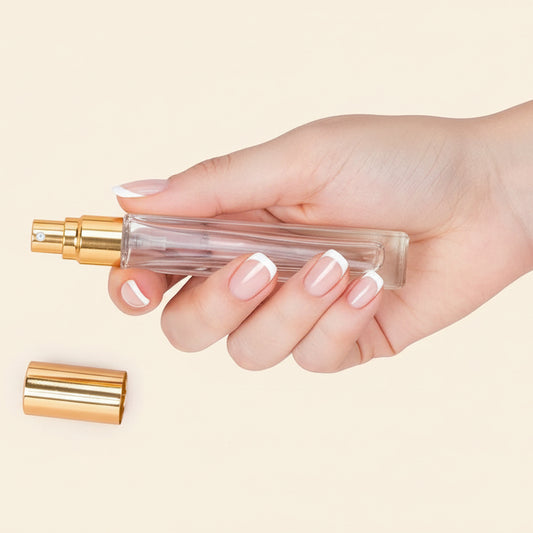
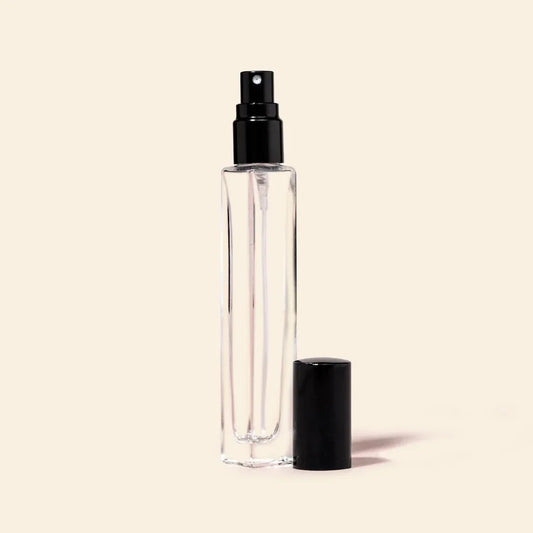
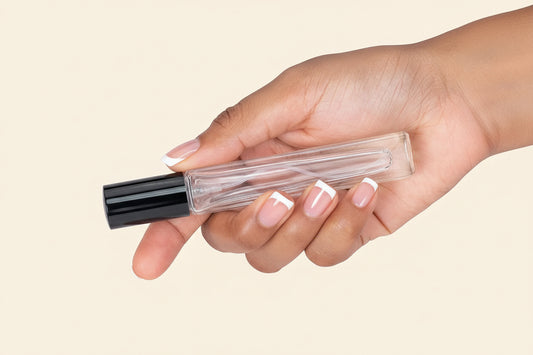
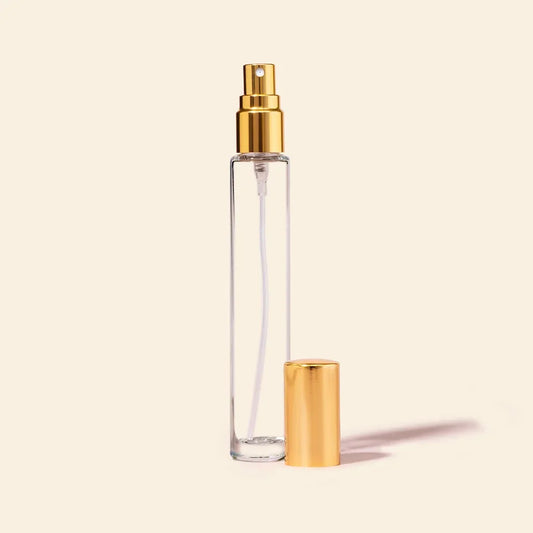
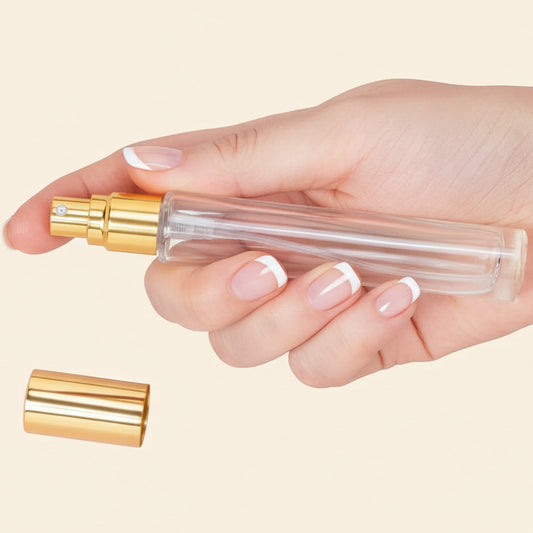
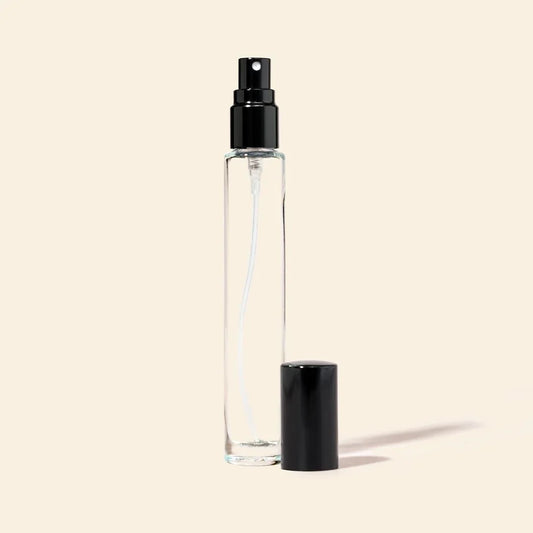
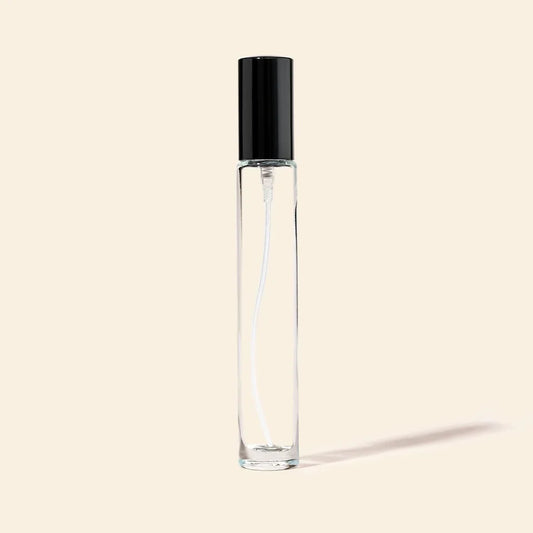
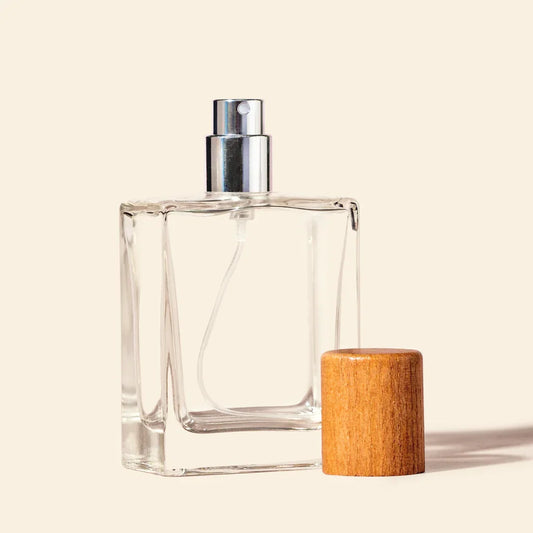
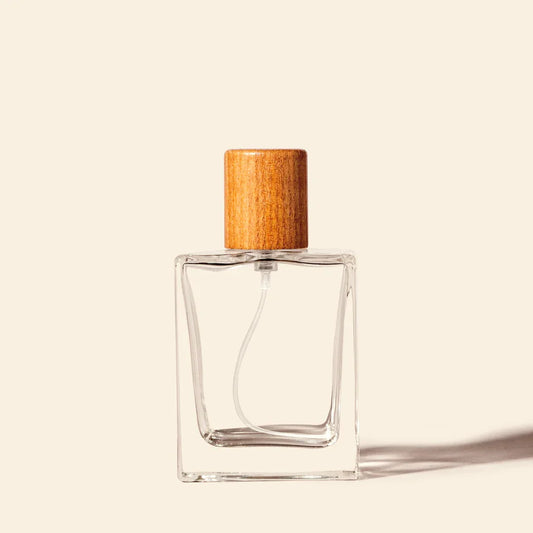
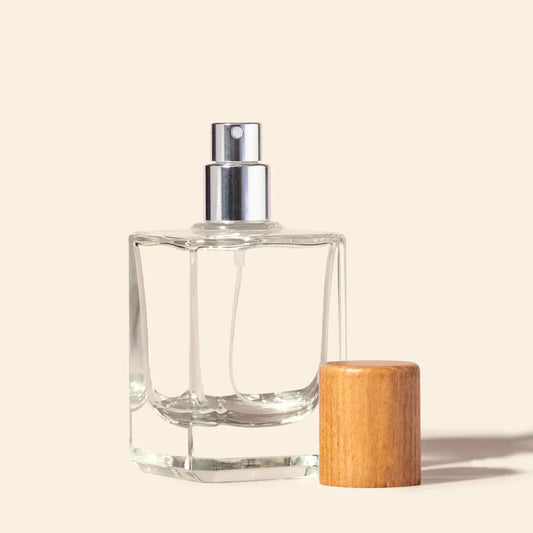
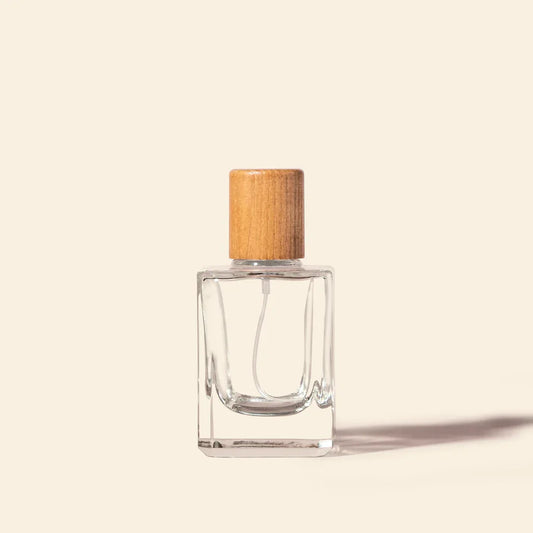
Leave a comment
Please note, comments need to be approved before they are published.